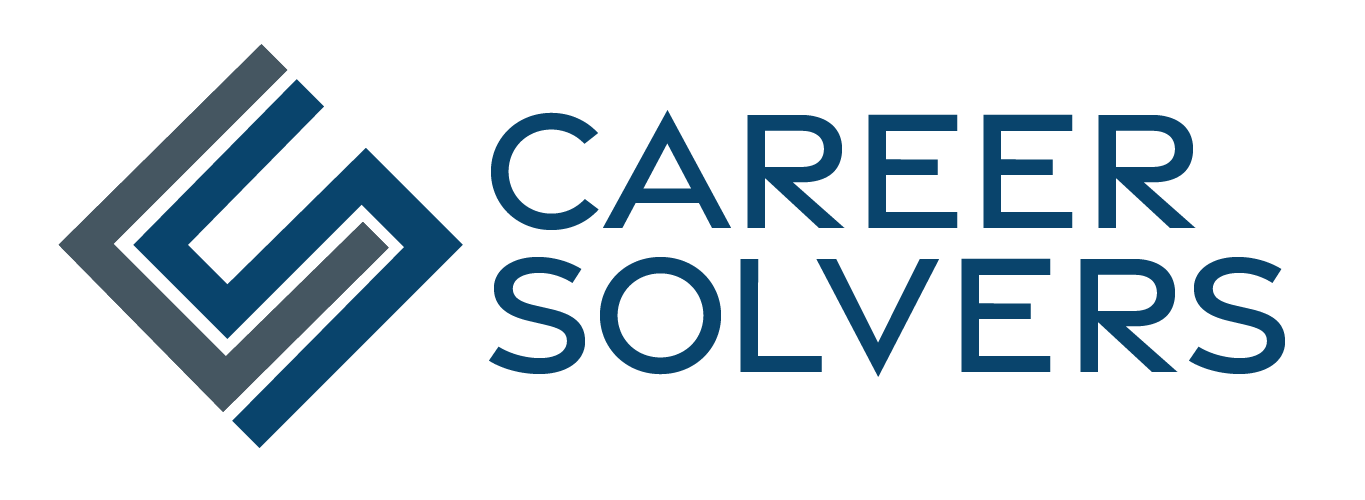The people you know can be the best way to find your next job. The “tried and true” path of networking is still the most successful way to find your next position.
According to a recent Jobvite Job Seeker Nation survey, most workers find out about job openings from friends (45%) and professional connections (31%).
Research consistently identifies networking as an important job search tool — anywhere from 40-80% of job placements are attributed to networking. Networking can also be a way to identify unadvertised job opportunities — accessing the “hidden job market.” (The “hidden job market”) refers to jobs that are not advertised publicly. These positions may be filled through employee referrals, recruiters, or direct contact with hiring managers through networking.) With the right experience and credentials to meet a company’s needs, you may even have a job created just for you.
It happens all the time. Someone in your network says, “You know what? You should talk to John Jones at the XYZ Company. They’re looking for someone like you.”
This post will help you identify who is in your network and how to use these connections to find your next job.
Build Your Network Before You Need It
Most job searchers’ biggest mistake is not asking for help from their network. People want to help you — so let them! But don’t wait until you’re out of work to develop relationships with your network.
As author Harvey Mackey says, “Dig your well before you’re thirsty.” Develop your contacts, be willing to help these folks with their needs, and they will be there when you need them!
The more people who know you are looking for a job, the more eyes and ears will be available to help. Networking is about getting the people you already know to help connect you to those who will help you land your next career opportunity.
You can also tap into your network for specific assistance. For example, if you want to work at a particular company, ask people in your network if they know anyone who currently works for — or used to work for — “Company X.” Then contact that person and ask about the company, culture, and hiring practices.
Who Is Your Network?
The first step is to identify who is in your network. This can include friends, relatives, parents of children’s friends, parents and relatives of your friends, club members, cousins, neighbors, current and previous co-workers and managers, suppliers, professional association contacts, your community contacts (civic leaders, clergy, etc.), and your doctor, financial advisor, or attorney. Your holiday card list, if you have one, can be a good starting point for identifying who is already in your network.
If you don’t already have a list, start one! Make a list of all of your contacts — past employers, vendors, customers, colleagues, competitors, and other people you know. You never know who may have a great lead or know of an unadvertised opportunity.
Assemble the contact information for these individuals and add them to your list.
You can also brainstorm contacts you need to make. Write your desired job target at the top of a piece of paper. Then, list possible employers on the left side of the page. On the right side of the page, list people you know who can connect you with these companies.
Here are some more opportunities to develop your network:
Attend networking events (for example, those hosted by your professional organization, Chamber of Commerce, and tips groups). Attend association meetings and take advantage of educational opportunities.
Work as a volunteer. For example, in your industry association, the Membership Committee is a great place to start. The Program Committee (that plans events) or the committee that helps line up event sponsors can also be good choices. Getting involved in any organization is beneficial. Volunteering is one of the best ways to network your way to new contacts.
Participate in an online community. This can be a social networking site like Facebook or LinkedIn, an alumni site (like Classmates.com), or your trade association’s website (which might have an elist or message board to connect members).
Contact your alumni groups. Your college or university should have an alumni association (often with a directory of members) that can be useful. You can mine the directory for contacts in your field, even if they didn’t graduate in the same year as you. Your alma mater connects you.
Read your local business journal to find out about growing companies. Pay particular attention to the “People” section (the section that highlights promotions and new hires at companies) and see if there are any contacts you can make.
Reference directories can also lead you to the right people. For example, the Manufacturers’ News (www.mnistore.com) sells databases and print directories of manufacturing businesses and contact information for the decision-makers at these companies.


